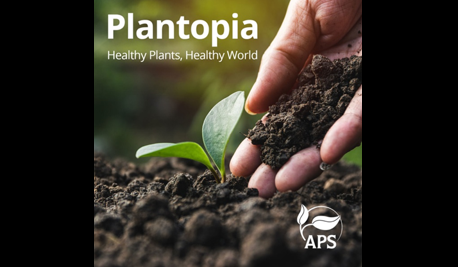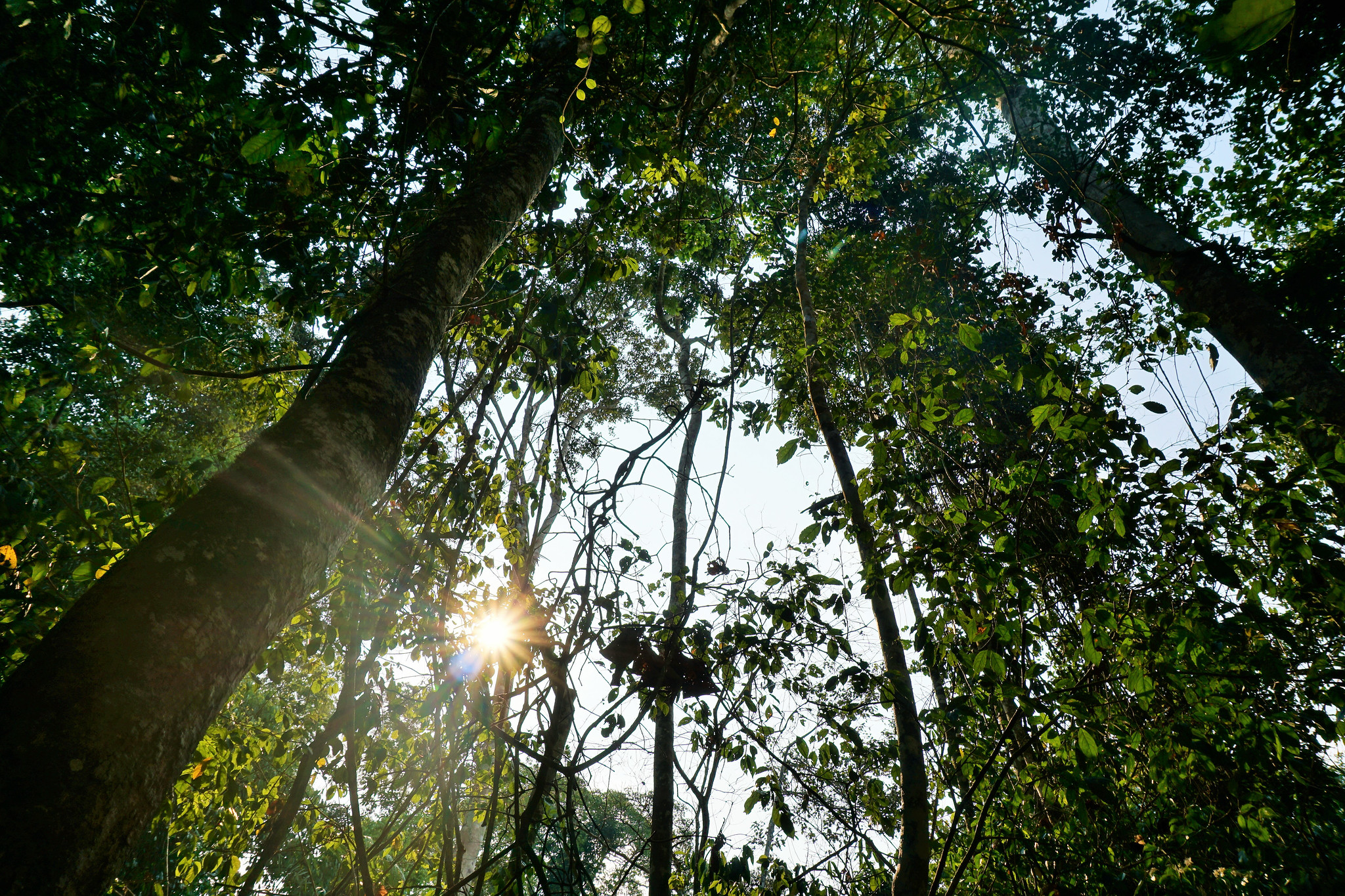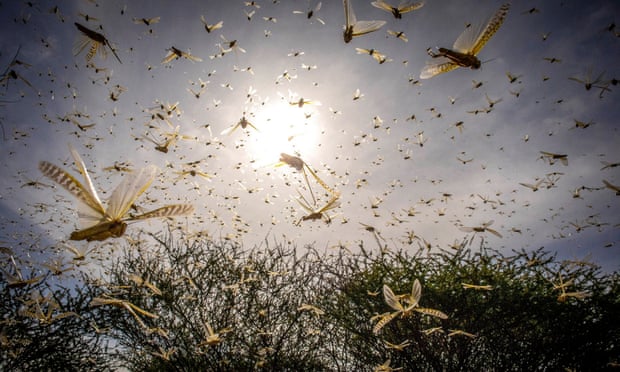Environmental health and biodiversity
The world needs better management of water, soil, nutrients, and biodiversity in crop, livestock, and fisheries systems, coupled with higher-order landscape considerations as well as circular economy and agroecological approaches.
CIMMYT and CGIAR use modern digital tools to bring together state-of-the-art Earth system observation and big data analysis to inform co-design of global solutions and national policies.
Our maize and wheat genebanks preserve the legacy of biodiversity, while breeders and researchers look at ways to reduce the environmental footprint of agriculture.
Ultimately, our work helps stay within planetary boundaries and limit water use, nutrient use, pollution, undesirable land use change, and biodiversity loss.
The many colors of maize, the material of life
 Environmental health and biodiversity
Environmental health and biodiversity
The use of corn husk as veneer has helped a town to preserve maize biodiversity, protect the environment and reduce migration.
Fight against viruses, also in defense of maize and our food
 Environmental health and biodiversity
Environmental health and biodiversity
Source: Donne del Food (31 May 2020)
B.M. Prasanna, director of CIMMYT’s Global Maize Program and the CGIAR Research Program on Maize, discusses the viral disease maize lethal necrosis.
Stripe rust hits wheat crop in Nepal
 Environmental health and biodiversity
Environmental health and biodiversity
Source: Seed Quest (27 May 2020)
Nepal Agricultural Research Council and CIMMYT scientists suspect new races of stripe and leaf rust in the Nepal hills and terai in the recent 2020 wheat season.
Plant-based materials catch on with home-goods designers
 Capacity development
Capacity development
Source: The Manila Times (26 May 2020)
Mexican designer Fernando Laposse partnered with CIMMYT and works with a village of Mixtec farmers to transform unused maize husks into furniture.
Preserving the legacy of biodiversity
 Climate adaptation and mitigation
Climate adaptation and mitigation
Maize and wheat seeds from all over the world are preserved at the CIMMYT genebank, used to bring new varieties to farmers, and backed up at the Global Seed Vault.
Fawligen registered in Bangladesh
 Environmental health and biodiversity
Environmental health and biodiversity
Source: PR Newswire (18 May 2020)
CIMMYT contributed to rapid assessment and registration of biological control for fall armyworm.
Coronavirus lockdown diets look the same the world over: Bread, beans, and comfort food
 Environmental health and biodiversity
Environmental health and biodiversity
Source: Fortune (18 Apr 2020)
Biodiversity loss poses dangers for the robustness of the environment, the safety of our food supply chain and potential exposure to pandemics.
Why Conserving Biodiversity Is Crucial to Prevent Future Pandemics
 Climate adaptation and mitigation
Climate adaptation and mitigation
Source: The Wire (14 Apr 2020)
Biodiversity loss creates new opportunities for pathogens to move from one species to another.
Arms Race Part 1: Ug99
 Environmental health and biodiversity
Environmental health and biodiversity
Source: Plantopia (9 Apr 2020)
CIMMYT senior scientist Dave Hodson discusses striking parallels between wheat rust and global human epidemics on new podcast.
Safeguarding biodiversity is essential to prevent the next COVID-19
 Environmental health and biodiversity
Environmental health and biodiversity
Experts share their insights on the link between biodiversity loss and emerging infectious diseases.
Systems thinking at work in South Asia’s food production
 Environmental health and biodiversity
Environmental health and biodiversity
New blog published by the Chicago Council on Global Affairs argues that balancing food security, rural livelihoods, water for agriculture and air quality need not be a zero-sum game.
Why heirloom tortillas are an endangered species
 Environmental health and biodiversity
Environmental health and biodiversity
Source: Maclean's (6 Mar 2020)
Preserving ancient maize landraces in Mexico is key for biodiversity, food security and future sustainability.
One-minute science: Trent Blare and blue maize products
 Environmental health and biodiversity
Environmental health and biodiversity
Consumers near Mexico City perceived blue maize tortillas to taste better. They were willing to pay up to a third more to buy them for special family events or to consume them in restaurants.
Pests and diseases and climate change: Is there a connection?
 Climate adaptation and mitigation
Climate adaptation and mitigation
Although farmers have been battling pests and diseases since the dawn of agriculture, experts warn that climate change could accelerate or expand their spread.
‘Sharing’ or ‘sparing’ land?
 Environmental health and biodiversity
Environmental health and biodiversity
How can we feed more people while protecting nature and biodiversity?














